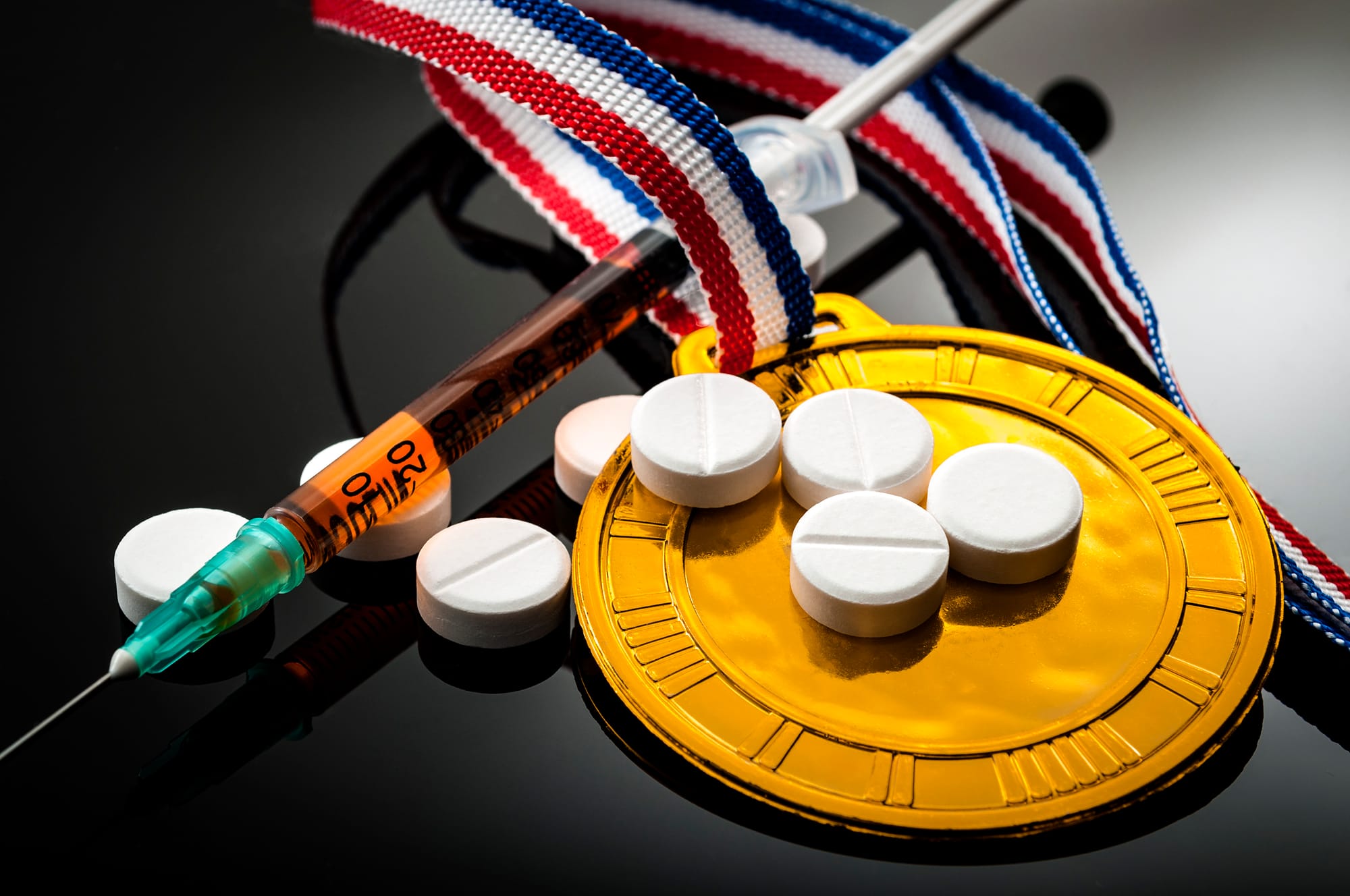
With the 2018 Winter Olympics underway in Pyeongchang, the issue of banned drugs and methods again looms large, particularly in light of the Court of Arbitration for Sport’s (CAS) decision earlier this month to overturn the suspensions of 28 Russian athletes and reinstate their results from the 2014 Games.
In 2016, the McLaren Report on Russian doping at the 2014 Games in Sochi resulted in the World Anti-Doping Agency (WADA) sanctioning 55 competitors, with most receiving bans ranging from two years to life. The most common instances of drug misuse involved erythropoitin (EPO), which is at the centre of a prohibited method in which transfusions of an athlete’s own enriched blood are used to boost red blood cells. Stimulants were also detected as being used by some athletes. The vast majority were listed as disappearing samples.
In a statement following the CAS decision, WADA said:
“The World Anti-doping Agency notes with serious concern the decisions by the Court of Arbitration for Sport (CAS), relating to the 2014 Sochi Olympic Winter Games, to uphold the appeals of 28 Russian athletes while also essentially rejecting the appeals of 11 others against suspensions issued by the International Olympic Committee (IOC) for anti-doping rule violations when all 39 athletes were part of Russia’s systemic doping program.
“WADA understands that this decision will cause dismay and frustration among athletes. The Agency supports the IOC’s intention to analyse these decisions very carefully and consider all options, including an appeal to the Swiss Federal Tribunal.
“The fact that the appeals by 11 athletes were rejected by CAS confirms the findings of the IOC’s Schmid Commission, which was formed in July 2016 to investigate Russia’s systemic manipulation of the doping control process. This manipulation had been exposed by the WADA-commissioned independent McLaren Investigation Parts I and II. The McLaren Investigations, the mandate of which was to confirm institutionalised manipulation of the doping control process, have been confirmed once again.”

Competing at the Olympic Games is the pinnacle for any athlete, but with that comes the pressure to succeed. The temptation to enhance performance and the lure of fame and fortune are among the main reasons behind the use of prohibited drugs and methods. Some may also consider that others are doing it and getting away with it, so why not them?
Independent programs
It was essential that a strict testing program be implemented in Pyeongchang to capture any athlete using banned drugs. To this end, WADA announced independent observer and athlete outreach programs during the Games, which run until 25 February, and the upcoming Paralympic Games (8-18 March).
WADA’s independent observer (IO) teams, comprised of international anti-doping experts, are intended to instil confidence in both athletes and the public regarding the quality, effectiveness and reliability of the Olympic and Paralympic anti-doping programs. The teams will observe all aspects of the programs, including test distribution planning; the selection of competitors for testing; notifications of doping control; therapeutic use exemption procedures; chain of custody; sample analysis; and results management. They’ll also provide real-time feedback on possible improvements to the International Olympic Committee (IOC) and International Paralympic Committee (IPC), as well as the Pyeongchang Organising Committee for the 2018 Olympic and Paralympic Winter Games (POCOG).
"There’ll always be athletes who’ll attempt to buck the system in order to win."
The use of performance-enhancing drugs or methods obviously isn’t new at the winter and summer Olympics – there’ll always be athletes who’ll attempt to buck the system in order to win. The vast majority of athletes compete for the glory, and success for themselves and the countries they represent. However, the lure of gold is a powerful magnet, and some will be tempted.
We all hope for a clean Winter Olympics, but history has shown us this will likely not be the case. There will always be athletes – and those around them – who’ll try to find new ways to win at all costs.





